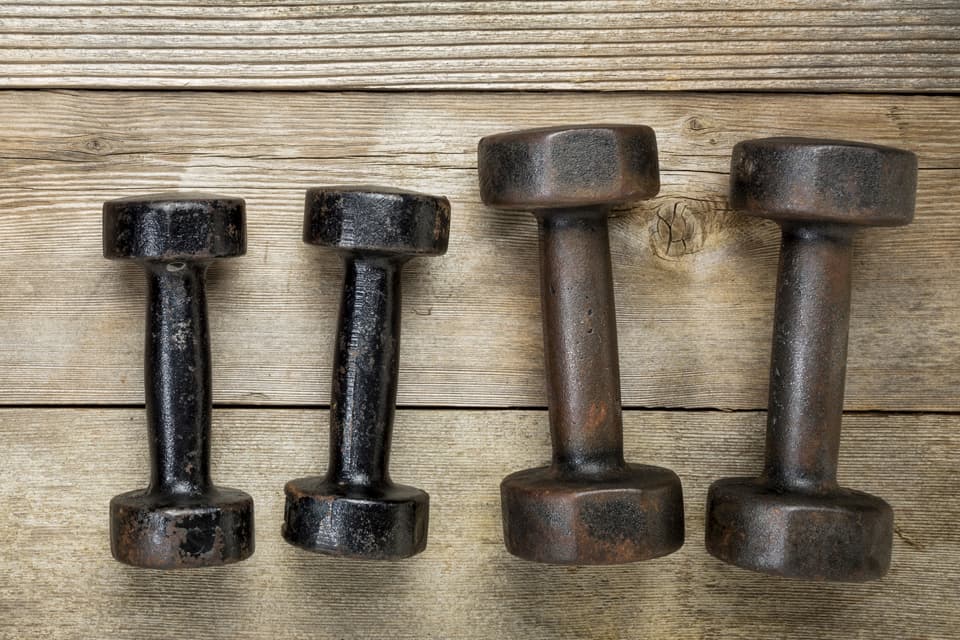Most people naturally have one side of their body that is slightly stronger than the other, which is is normal. When that strength imbalance starts to grow larger, that can lead to problems.
These can develop due a number of reasons – working in an occupation that has you moving one side of the body more than another, playing a sport where you are constantly shooting from one side only, or simply always using barbells and never noticing that one side is stronger than the other.
While a side to side imbalance isn’t as big of a problem, if your chest is much stronger than your back, or your quads are much stronger than your hamstrings, injuries can results. Learning more about muscular imbalances and always being on the lookout for them is critical.
Let’s go over what you should know.
How To Adjust Your Training To Fix Muscular Imbalances
The very first step is to identify your muscular imbalances.
When it’s an imbalance between two sides of the body (your right bicep is stronger than the left), dumbbells can be used to identify the issue. While barbell training is a great way to build strength, it covers up muscular imbalances like this. Switch to dumbbells and each side of the body is responsible for its own weight. If one side is clearly weaker, you are going to know almost immediately.
If you notice one side is stronger than the other, you’ll want to perform your standard number of sets on both sides and then do 2-3 more sets using just the weaker side. So you could perform single arm lateral raises, single arm bicep curls, single arm shoulder presses, and so forth.
Slowly work on building up the volume and total weight lifted with your weaker muscle group. Eventually your muscles will equalize themselves out.
Increase the weight or reps for the stronger side once the weaker side is caught up.
When it comes to different muscle groups (your back versus your chest for instance), it’s easy to see how much weight you are lifting with each muscle. If you’ve got imbalance in this area, you’ll want to have a quick look at your workout program. You should be doing about the same volume for any opposing muscle groups. This includes the back and chest, quads and hamstrings, or biceps and triceps.
While you catch the strength imbalance up, you may wish to perform slightly more volume for the weaker muscle group. Once they’re at the same level, keep them equal from there.
How To Prevent Further Imbalances In The Future
In order to prevent future imbalances, make sure you have a good exercise program. Work similar volume levels for each muscle group and alternate between barbell and dumbbell lifting. If you work in an occupation or play a sport that favors one side, you may always need to do a little more volume for that weaker side in order to keep them equal.
Learn your body and adjust your program accordingly.
Don’t let muscular imbalances stop you from seeing progress. Use these tips and you can quickly get past them.




